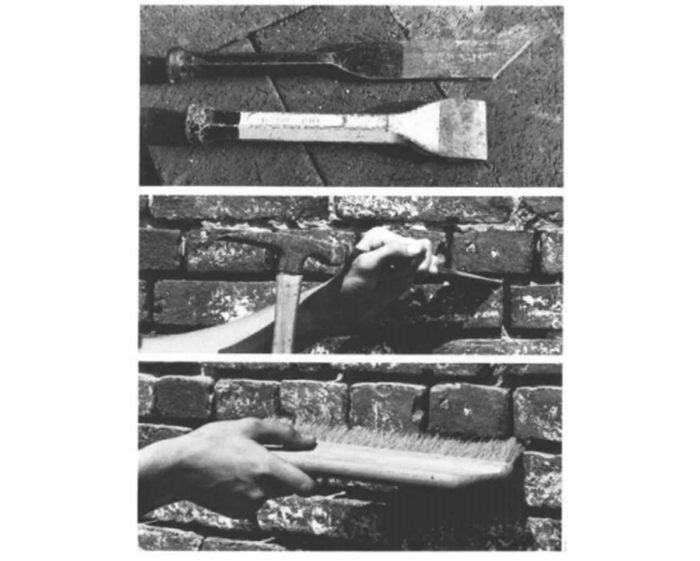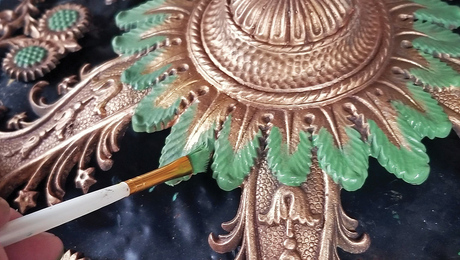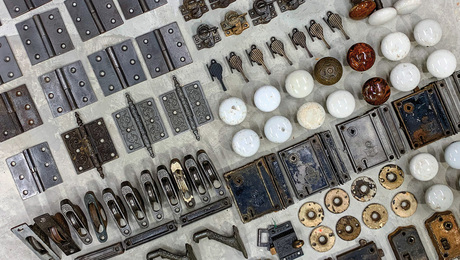The Point of Repointing
Renewing tired masonry joints can bring an old brick building back to life.

Synopsis: Repointing is the art of repairing old brick walls with new mortar and in some cases new brick. The author of this article, a mason and an author, explains how it’s done. A sidebar offers details on what type of mortar should be used.
Brickwork deteriorates. This is inevitable but not, fortunately, irreversible. Replacing bad bricks and repointing with new mortar can restore a building’s original integrity. And repointing, known as tuck pointing in the trade, is a job that can be handled by a careful homeowner. The resulting pride and satisfaction can be as substantial as the money saved.
In any repointing job, the first step is to determine exactly what the problem is. In some cases,the mortar simply has worn out. Old mortar often contains no portland cement, just lime and sand, with animal hair as a binder. These mortars can soften and break down over time, losing their ability to seal joints or adhere to brick. When this happens, they need to be replaced.
In other cases, improper flashing or structural damage to the roof has allowed water behind the brick. This water can be absorbed by the brick and mortar. As the wall drys out, the moisture escaping can cause the bricks to chip and the mortar to pop out. This problem is even more severe in colder climates where the expansion and contraction of freezing and thawing water accelerates the process. Sometimes the ground beneath the wall has settled. This can cause cracks in the wall, which might eventually require rebuilding. Before any actual repointing is done, find out why it needs doing, and correct these conditions first. If you don’t, all the effort and expense of repointing will be wasted.
Preparation
Spring and fall are usually ideal times to do repointing work, because the best temperature for curing mortar is 70°F. Repointing can’t always be done when conditions are perfect, but if you have a choice, arrange to do the work when they are at their best.
Never repoint when temperatures are likely to dip much below 40°F unless you can protect and heat the wall. Mortar that freezes before it cures will be brittle, and it will pop out when the wall warms up. Don’t fall into the trap of repointing on a warm winter day and leaving the mortar to freeze overnight. If you hire a contractor to do the job, remember that he will schedule it to suit himself. He has a living to make year-round. Be sure to agree in writing that he will not attempt to work in freezing temperatures.
In hot weather, try to work on the shady side of the building to keep the mortar from drying out too fast. You might need to keep the wall damp (not soaked) with a fine mist from a garden hose or tank sprayer. (Never wet a wall in cold weather, because a freeze would cause the mortar to pop.)
For more photos and details, click the View PDF button below:


























